The Apple TV may not be the most obvious Apple device to consider upgrading – but with a series of minor upgrades in recent years, when should you consider buying a new one?
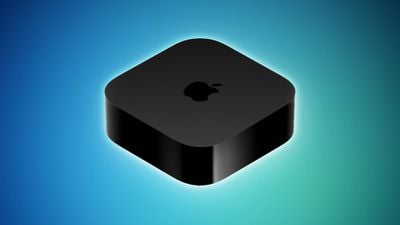
In terms of its set-top box offerings, Apple now only sells the Apple TV 4K (third-generation). The company launched its first modern Apple TV that runs tvOS, the Apple TV HD, in 2015. Since then, it has launched three new versions, each adding several new features and improvements over its predecessor, with some models offering more significant upgrades than others.
With a lower, $129 starting price and only one model year to choose from, new Apple TV buyers no longer face the same conundrum as in recent years when Apple offered multiple Apple TVs from different generations. Even so, first-time Apple TV customers may be able to obtain an older model second-hand or from a third-party retailer, so it will be important to weigh up exactly what was added with each new model.
See the detailed breakdown below for each new feature, change, and improvement that was added with each Apple TV model compared to its direct predecessor:
Apple TV 4K (Third-Generation, 2022)
- A15 Bionic chip (3.23 GHz, 6-core), 50 percent faster CPU performance and 30 percent faster GPU performance
- 4GB memory, 33 percent more
- Passive cooling with fanless design
- "" logo replaces "tv" logo
- Height of 1.2 inches
- Weight of 208/214 grams, 50 percent reduction
- Support for HDR10+
- Gigabit Ethernet port available with 128GB model only
- Thread support available with 128GB model only
- 64GB or 128GB storage
- Second-generation Siri Remote (USB-C charging port) included
Apple TV 4K (Second-Generation, 2021)
- A12 Bionic chip (2.49 GHz, 6-core)
- Support for high-framerate HDR content up to 60 fps
- ARC and eARC support
- HDMI 2.1 port
- Wi-Fi 6
- Bluetooth 5.0
- Thread support
- Second-generation Siri Remote (Lightning charging port) included, featuring complete redesign with circular clickpad
Apple TV 4K (First-Generation, 2017)
- A10X Fusion chip (2.38 GHz, 6-core)
- 3GB memory, 50 percent more
- Active cooling with internal fan
- Support for up to 2160p (4K) resolution
- Support for SDR, HDR10, and Dolby Vision
- Support for audio output with 7.1.4 surround sound channels with Dolby Atmos
- HDMI 2.0a port
- Gigabit Ethernet port
- First-generation Siri Remote (white ring around Menu button) included
Apple TV HD (2015)
- Apple A8 chip (1.5 GHz, 2-core)
- 2GB memory
- "tv" logo
- Height of 1.4 inches
- Weight of 425 grams
- Support for up to 1080p resolution
- Support for SDR
- Support for audio output with 7.1 surround sound channels
- HDMI 1.4 port
- 10/100 Ethernet port
- Wi-Fi 5
- Bluetooth 4.0
- 32GB or 64GB of storage
- First-generation Siri Remote included
Unlike many other Apple devices, the Apple TV offers a lot of specific technical features that not all users can take advantage of due to reliance on the specifications of other connected hardware like TVs and speakers. As such, this should be the main criteria you use to determine if you need to upgrade to a new Apple TV.
In other words, if you do not see features like high-framerate content, improved HDMI port specifications, more advanced HDR formats, and Thread support as worthwhile upgrades, it is unlikely that it will be worth buying a new model. Keen home cinema enthusiasts, audiophiles, and gamers that can use features like Dolby Atmos support, Gigabit Ethernet, and ARC and eARC support stand to benefit more from upgrading.
If you do not have a 4K HDR TV, it is probably that not much will be gained by upgrading to the latest model, but it may still be worth it if you can take advantage of better performance and more storage. If you have the first-generation Apple TV 4K, it will only be worth upgrading if you want features like high framerate HDR, Thread support, and more power for gaming.
Unless you specifically want HDR10+ support or 128GB of storage, there is little reason to upgrade from the second-generation Apple TV 4K to the third-generation Apple TV 4K.
It is important to note that the latest version of the Siri Remote, the second-generation model with a USB-C charging port, is available from Apple separately for $59. It works with all of the above Apple TV models, so the Siri Remote should not be a major factor in deciding to upgrade.



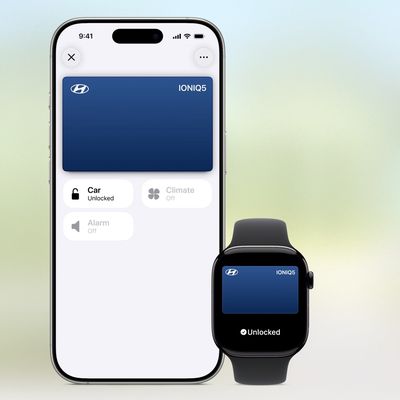


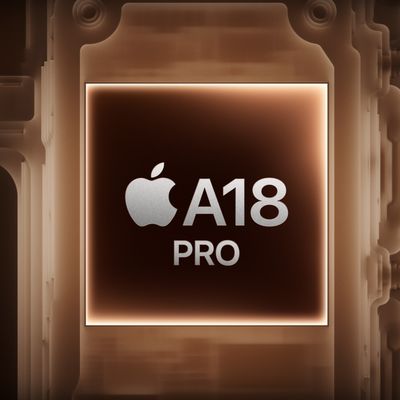
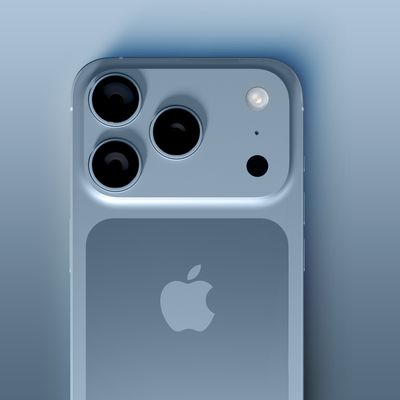
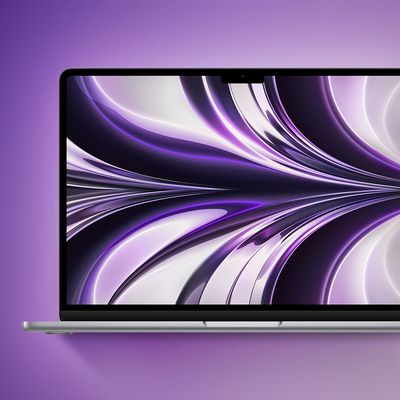
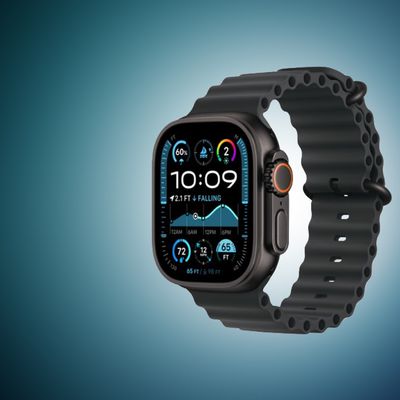

 ('https://www.macrumors.com/guide/apple-tv-buyers-guide-for-upgraders/')
('https://www.macrumors.com/guide/apple-tv-buyers-guide-for-upgraders/')










